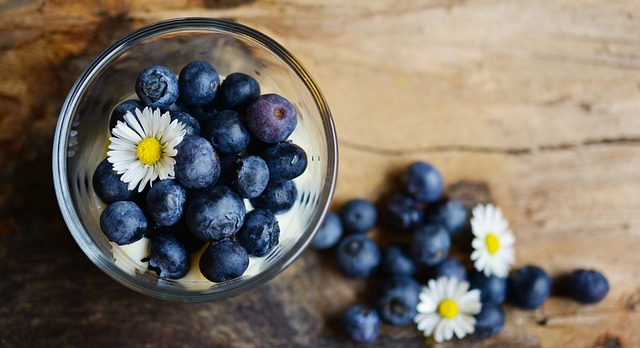How to love your guts!
by Lydia Irving
The role stomach acid plays in your digestion and how this is a key to balancing your hormones.
I refer to our gastric juices as our “Hot Pot”, like a burning hot bubbling cauldron. I often daydream about how fabulous it would be to be a witch, mixing potions and creating tonics! I find solace in knowing I have a chemical concoction simmering away inside me (my stomach) at all times, turning my food into magic (or rather nutrients that determine my health). As you read through this blog I want you to imagine this bubbling cauldron when I refer to your gastric juices or stomach acid…
How your Hot Pot (bubbling cauldron) helps you?
We are told that broccoli is good for your liver, it contains indole-3-carbinol which helps the cytochrome p450 pathways to detoxify hormones we no longer need, like excess estrogen. But HOW does the body access this indole-3-carbinol from the broccoli we just munched down on? We can get so excited by eating our raw greens or making sure we have enough fat and protein in our meals. But HOW does it go from a cuisine to various nutrients that fuel our entire being?!
The gastric juices in your stomach should be a pH of 1-2, this is death burning hot acid! The hot pot ingredients are loads of enzymes and hydrochloric acid released from your liver, pancreas and cells that line the stomach*. The release of acid into your stomach is activated by your Vagus nerve, The Wanderer Nerve- seriously its goes everywhere and does SO much. This burning acid is told to release, by the Vagus nerve, in response to the signal of foods’ soon arrival. Upon arrival the stomach seals the doors, well sphincters, either ends of your stomach and churns your food around like a washing machine on the final high speed spin. During this time your food is smooshed and denatured into nutrients that are then sent into the small intestine to be absorbed into your blood.
Let’s role play
Okay so mostly the Hot Pot works wonders, until we introduce a modern western diet and lifestyle. Let’s see how this plays out…Let’s set the scene: You’ve woken up early, gone for a run and have a 30 minute window to get ready and go to work/school/wherever (where you go is your business!). You have read that smoothies are a great way to access a lot of your key nutritional requirements, and they’re quick! You’re stressed, life is busy and you have things to do. You quickly tap about at your computer, take some phone calls all while downing this super duper rainbow smoothie filled with fat, protein and fiber.
Now let’s ask some questions: How quickly did you consume your smoothie? Did you chew it? Were you looking at your phone/computer while drinking it? Do you remember what it tasted like? Were you thinking about the smoothie or the trillion other things you have to do that day?
I’m not saying smoothies are bad, no way! They take up a pretty significant part of my diet. But downing a smoothie filled with complex nutrients in a rushed manner is not conducive to supporting your hot pot to break it down into nutrients. The Vagus nerve wasn’t told you were about to eat nor did you tell it you were eating!! You didn’t chew or even THINK about your smoothie as food that needs stomach acid. You can definitely argue that the smoothie was blended it up so you didn’t have to chew, the blender is no stomach acid – lets get that clear! Taking time out to look at your food, smell your food and CHEW your food really helps the vagal nerve switch into gear. When we are stressed or in a hurry our Vagus nerves supports us in that time, it takes our energy away from digesting and to our brain and muscles. So we can think quick and run from a tiger!
Another reason to breathe
We digest best in the parasympathetic nervous system state – ‘Rest and Digest’. Your Vagus nerve listens to your heart is beating slowing, breathing nice and slow and your gentle thoughts. “No tiger can get us here, it’s safe to relax our skeletal muscles and eat”. Consequently blood is around your digestive system, gastric acid is being released into your stomach and upper small intestine. When you think about food you salivate, try it now – imagine eating a lemon, imagine it sour in your mouth activating your salivary glands. Go on, say lemon over and over. Feel that? Salivary glands opening and releasing? The Vagus nerve is cool huh!? So far breathing is the most successful tool to ease our body closer to rest and digest, SO BREATHE!
Symptoms/consequences of low stomach acid:
- Reflux
- Indigestion/Heartburn
- Bloating
- Malabsorption
- Constipation
- Diarrhea
- Food intolerance
- Histamine intolerance
- Excess burping/farting
- SIBO/dysbiosis
*I just want to say stomach acid, enzymes and how they are released is WAY more complex than what I could fit in this blog
Check out these articles on digestion
https://spectrumchiropractic.com.au/a-guide-to-good-digestion-part-1-digestion-begins-at-the-mouth/
Image by congerdesign from Pixabay

